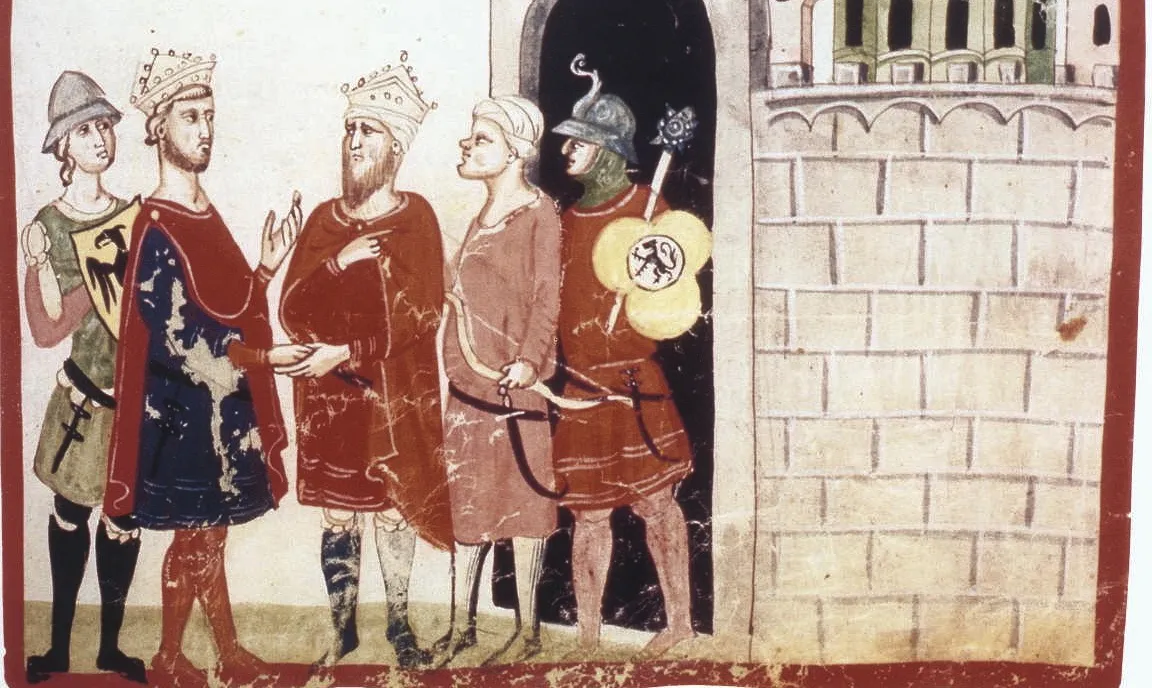“Indirect Ways of Expressing our Patriotism”: Centering Women in Teaching Anticolonialism in the 1920s and 1930s
Discussion of teaching women’s anticolonialism in the 1920s and 1930s

Nnenna Ifeany-Ajufo, a Ghanaian professor of law, described the display at the entrance to African Union headquarters in Ethiopia as featuring about fifty men associated with African independence but not a single woman included. Her description prompted me to examine a few world history textbooks’ coverage of anticolonialism in the 1920s and 1930s. I was curious about which individuals involved in African and Asian anticolonial movements textbook authors mentioned. The authors of Traditions & Encounters discuss twelve men and two women. In Voyages of World History, Valerie Hansen and Keneth Curtis mention four men and zero women. The authors of Worlds Together Worlds Apart identify nine men and zero women. Robert Strayer and Eric Nelson, in Ways of the World, only mention three men and zero women. World history textbooks look a lot like the headquarters of the African Union.
The lack of specific women in textbooks is disturbing but not exactly shocking. Many teachers complain about how textbooks rarely integrate women into the body of the text. Their stories often get relegated to the special boxes in textbooks that students frequently skip over. How can we relocate the woman who challenged empire from the special boxes to the main narrative?
Most textbooks adequately address the stories of Mohandas Gandhi, Jomo Kenyatta, Ho Chi Minh, and a handful of other notable anticolonial leaders. Teachers can relatively easily find an excerpt of Gandhi’s ideas, but rarely do they find sources written by women. In this post, I plan to discuss three examples of how women played essential roles in the growth of anticolonialism in the 1920s and 1930s. By focusing on the role of women in Korea, Nigeria, and Syria, we can help students better understand anticolonialism and decolonization from a bottom-up perspective rather than from a top-down.
The Significance of the Interwar Years for Decolonization
This content is for Paid Members
Unlock full access to Liberating Narratives and see the entire library of members-only content.
SubscribeAlready have an account? Log in



